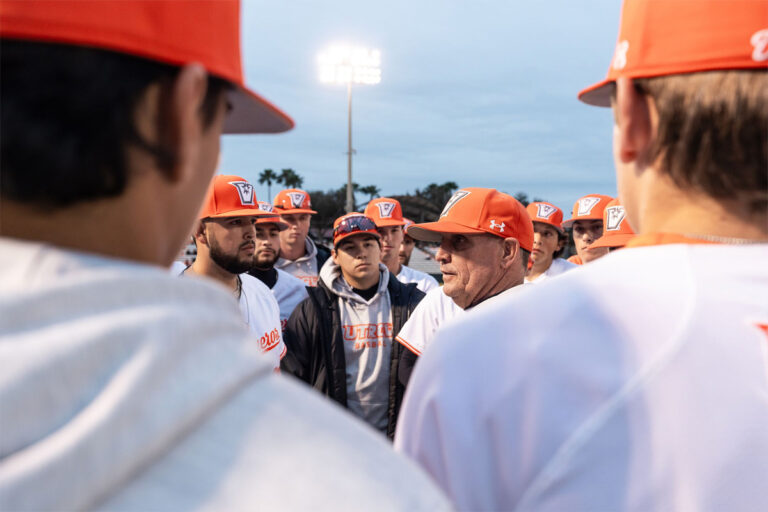
Who doesn’t appreciate a good oxymoron? Jumbo shrimp. Great depression. Humble Kardashian. RGV ice hockey.
It was a big deal when yellow-faced bees were finally added to the endangered species list, a huge success for environmentalists.
In the Rio Grande Valley, the Killer Bees were less successful in attempting to prolong their lifespan. And yes, I’m talking about hockey again. If you know me, personally, it’s all I ever talk about, if you give me the chance.
As a self-proclaimed hockey aficionado, I can tell you the Killer Bees absolutely had no business lasting more than a few seasons in the Valley, specifically Hidalgo. This area is just about as far from the hockey epicenter as you can get without leaving the country altogether.
Don’t get me wrong; when the team first arrived in 2003, there was a lot of excitement. The 5,500-seat Dodge Arena (now the State Farm Arena) was more than halfway full a lot of nights and it was an overall great environment. So, to say they were destined to fail would be unfair. They opened a nice arena that was perfect for a small market. All the seats had a great view.
As a hockey fan who had just moved to the Valley from another not-so-traditional hockey market of San Jose, Calif., I felt like I had hit the jackpot with an ice hockey team a short drive away from my home. For years, it was really the perfect situation for me.
The Killer Bees never had an outstanding season, but it was good entertainment. They were even affiliated with AHL San Antonio and NHL Florida, which was a big deal.
It was soon evident that the new car smell of the Killer Bees didn’t last long and for the rest of their time here, it was pretty desolate in Hidalgo.
Any mention of the hockey team with locals usually ends with, “Yeah, I used to love going to games; it’s so cool when they fight!” That’s where I usually stop the conversation because fighting is a part of hockey in such a minimal way; if that’s your impression of the sport, then I don’t have the time of day.
I won’t bore you with the year-by-year history of the Killer Bees’ decline, but the stability of the league they started in, the CHL, was an issue. Their closest rivals from Laredo, Austin, and Corpus Christi all folded and the 2012-13 season was canceled.
I thought it was all over then. It was a sad day for me and the other 75 Winter Texans that actually went to a portion of the Bees’ home games. However, it was a reality we were all ready for.
The new-look Killer Bees, actually, was the best version of the team it ever put on the ice. The league was completely different; it was a Tier-2 junior league, which meant all of the players were about teenaged, most playing in an attempt to earn a spot on a college roster.
By 2013, when the team came back, my knowledge (borderline obsession) of hockey had grown and I attended more games than I ever had. Life was good for the short time it lasted. However, I was still one of maybe 800 fans on a good night. Winter Texans from the two trailer parks that got bused to the games knew me on a first-name basis.
It finally ended not with a bang, but with a whimper. The team made the playoffs in the spring but by the next fall, it had relocated to some small Pennsylvania town.
Now, to watch hockey, I’d have to drive out of the Valley to watch a minor league team either in Corpus Christi, San Antonio or Austin.
I guess I shouldn’t have expected hockey to last long here in the first place. But, after more than a decade of having a team in the backyard, it’s a tough pill to swallow.
So, until I decide to pack my bags and chase ice hockey somewhere around North America, my experience with the greatest game on Earth will be on a small monitor as I stream grainy games on my laptop.
This isn’t the best hockey market, but it sure was fun. You were great while you lasted, Killer Bees. I’ll always be your biggest fan.





